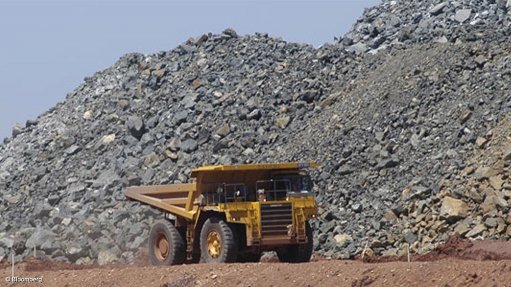
Photo by: Bloomberg
PERTH (miningweekly.com) – Improved nickel prices have resulted in ASX-listed Western Areas reporting a significant increase in sales revenue and profit for the 2014 financial year ended June, compared with the 2013 financial year.
Sales revenue increased to A$320.1-million, compared with the A$306.5-million reported in 2013, despite lower nickel sales volumes, of 25 756 t, compared with 27 819 t in the previous financial year.
Earnings before interest, tax, depreciation and amortisation also increased during the financial year to A$158.2-million, compared with A$125.8-million in 2013, while after-tax net profit came to A$25.5-million, compared with a net loss of A$94.1-million in 2013.
Western Areas MD Dan Lougher told shareholders on Monday that as a consequence of the Indonesian government’s decision to ban the export of unprocessed nickel laterite, nickel prices in the second half of the year were higher.
“Given Western Areas’ strong leverage to the nickel price, combined with being a consistent low-cost producer, the company’s profitability and cash flow were substantially improved. This saw record last quarter free cash flow, excluding share purchase plan proceeds and an interim dividend payment of around A$40-million.”
Lougher said that concurrent with the improvement in the nickel market, Western Areas had maintained its focus on strong operational outcomes. The company lowered its unit cash costs from A$2.68/lb recorded in 2013 to A$2.50/lb in 2014.
Looking ahead, Lougher said the company’s focus would remain on cost controls, production and sales in order to derive the maximum benefit from a likely improvement in the pricing environment.
Western Areas has set its nickel-in-ore production guidance for 2015 at between 25 000 t to 27 000 t, and the nickel-in-concentrate guidance at between 24 500 t and 25 500 t.
Lougher added, however, that the company would continue to seek opportunities to beat this production guidance.